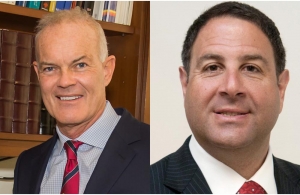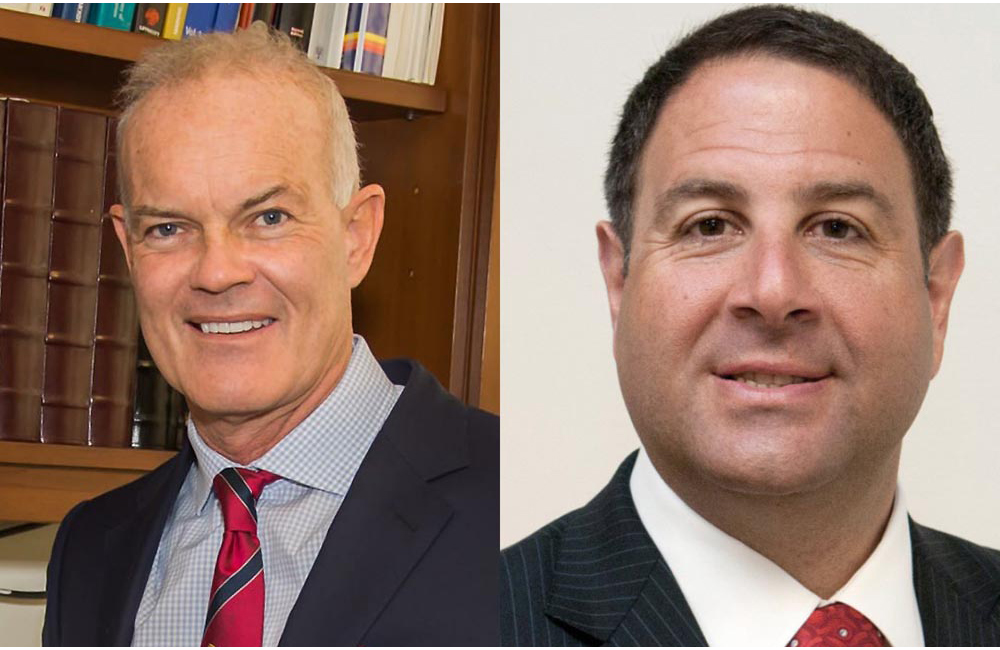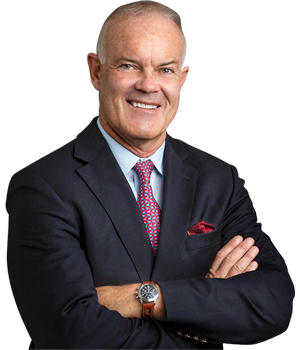How to Prevent Marathon Injuries, Part 2


PART 2
Welcome to Part Two of our three part series on common running injuries, injury prevention and treatment. The following article discusses injuries that commonly occur in the runner’s ankle. The runner’s ankle experiences forces between 9 and 13 times the runner’s body weight and therefore proper form and equipment are necessary in order to avoid the following injuries.
OSTEOCHONDRAL LESIONS OF THE TALUS:
- An osteochondral lesion (OCL) of the talus is a defect within the cartilage and bone of the talus.
- OCL of the talus is far more common than previously thought, now that we have increasingly sensitive MRI scanning. This injury is particularly common in runners, as it may be caused by progressive microtrauma or a single trauma to the talar dome, usually caused by one of three issues.
- Repetitive ankle sprains
- Ankle fractures
- Ankle malalignment
- Runners typically complain of a deep, dull, boring, aching pain in their ankle at the beginning of a run, which gets progressively worse. It may be associated with locking or giving way of the ankle joint if a fragment of cartilage has become detached or is loose.
- The resultant divot of cartilage and bone from the surface of the talus can lead to mechanical instability and ultimately to destruction of the remaining articular surface of the joint through posttraumatic osteoarthritis. Osteoarthritis is detrimental to athletes as it can cause long term damage and pain of the joint.
- As a result of this, greater attention is now being paid to the athlete with an osteochondral lesion. Conservative treatment is of marginal benefit and ultimately most of these patients require surgical intervention.
- The predictor of outcome here is largely based on the size and location of the lesion. It is imperative to identify this pathology at an early stage because they can become progressively larger if not treated.
- Most lesions were traditionally treated with an arthroscopic surgery known as microfracture. Long-term studies have shown that microfracture on its own may be inadequate and ultimately fail. Now, with the recent advances in growth factor and stem cell therapies being used to augment the surgery, microfracture can be a promising therapy for smaller lesions.
- Other forms of treatment for larger lesions are an OATS graft or cylinder of bone and cartilage taken from the knee and transplanted into the ankle. Several studies have shown that over 90% of professional athletes will get back to their previous level of sport with this type of surgery.
- The key as always, however, is in prevention. Physical therapy is important after an ankle sprain to maintain proper ankle alignment and prevent OCLs. However, some ankle sprains are beyond physical therapy because an OCL exists from the original injury. If symptoms persist beyond 3 weeks of physical therapy, we recommend an MRI to evaluate for an OCL. OCLs have positive outcomes with surgical intervention, followed by proper physical therapy for rehab.
LATERAL LIGAMENT:
- Ankle sprains are extremely common with 27,000 ankle sprains occurring daily in the United States alone. Of these, 75% to 85% are relatively minor sprains which will repair themselves without surgical intervention. Great news for athletes, because an ankle sprain can occur at any time when running.
- Those who have high-arched feet are particularly prone to ankle sparin, as the mechanical axis of the foot has a propensity to roll out over the ankle.
- When an ankle sprain occurs, the ATFL and CFL ligaments can be stretched or torn completely. The ATFL is the most common to be injured.
- The treatment of this used to be placing in a cast, but that deconditioned the athlete, and now there are far more rigorous triple phase physical therapy rehab programs to get athletes back in the game. Here are the phases:
- The initial phase:
- Relative rest
- The athlete is encouraged to use crutches for a day or two, but to maintain motion in the ankle wherever possible.
- Gradually, over one week time, the athlete will increase weight bearing on the affected side. At one week, they should not need crutches any longer.
- The second phase:
- Range of motion and strengthening
- We focus particularly over the peroneal tendons (the dynamic stabilizers on the outside of the ankle joint) with controlled and sustained movements.
- The third phase:
- Functional stability (balance and proprioception)
- Proprioception is the ability of the body to know where it is in space.
- Often times, a lack of therapy in this area will result in chronic ligament insufficiency.
- Up to 25% of patients who have this treatment algorithm may fail to respond adequately, and this will often prompt the use of an MRI to determine whether there is any concomitant pathology.
- The initial phase:
- Lateral ligament sprains are often associated with peroneal tendon tears and osteochondral lesions. Both of which can be treated surgically.
- Surgery for lateral ligament reconstruction involves repairing the ligament itself either through an open procedure or more recently through an arthroscopic procedure.
- This is known as a Brostrom-Gould and is the gold standard of treatment.
- Occasionally the ligament has been so badly torn that it requires a graft. This can be taken from the patient themselves or from the allograft or cadaver. The outcomes of this surgery are excellent with over 95% of patients returning to pre-level sport. But, it will take at least six weeks before they can start fully weight-bearing and three months before they can get back to sports activities.
- The key to preventing ankle sprains is to wear the appropriate shoe to prevent excess supination or inversion and to concentrate on balance and proprioception in the uninjured foot. Should surgery be required, the results of surgery are excellent, but it does take at least three months before the patient can get back to running at the previous injury level. This is why prevention and proper body mechanics are key!
Treatment of the Acute Ankle Injury
When talking about treatment, it is important to consider the extent of damage, and the amount of healing time associated with the diagnosis of the injured ankle. It is common to develop chronic ankle instability from improper care of and attention to the initial acute ankle injury. Further damage may even be done to the bone or cartilage of the surrounding joint if a proper treatment protocol is not followed.
As always, RICE! Rest, ice, compression and elevation will help to limit or decrease the initial inflammatory response. The more swollen the ankle is, the more unstable the ankle is, and the more pain you will feel. The quicker you resolve this response, the more stable the ankle will sit, and the quicker you can return to your running routine.
If properly cared for from day one, an athlete with a first-degree sprain can typically be back to full-go within two weeks, assuming there are no lingering issues of soreness or swelling. Second and third degree sprains will take much longer to heal, anywhere from one to six months. Injuries with further structural damage to the ligaments and/or tendons will likely have to go through a non-weight bearing (NWB) phase and immobilization. This will result in the atrophy of the surrounding musculature; it will get weaker from a lack of use. If an athlete compares the size of the injured foot, calf and ankle when it comes out of the boot to the uninjured side, he or she will often notice the injured leg is considerably smaller. For this individual, an appropriate treatment plan will include strengthening and restoration of functional movement patterns, which includes the exercises to improve balance and proprioception.
Skeletal Muscle Pump
Swelling in our bodies is sort of a necessary evil. It’s our body’s way of flooding an injured area with cells that assist in recovery. We need to let the body do its thing, but there are some techniques that can assist the process and limit the amount of time lost from injury.
Always with initial trauma, our immediate goal is to limit the amount of inflammation that is rushing to the area. Our body is great at healing itself, and it will do just that over a period of time if left to its own devices. However, with less severe sprains and strains, it can be beneficial to activate what’s known as our skeletal muscle pump. This process activates our lymphatic system, which is connected to our skeletal muscle and is responsible for carrying fluid in the body, through motion and assists it in picking up excess fluid. As it relates to ankle injuries, a gentle flexion and extension of the ankle done in a “pumping” manner can help to increase lymphatic flow and decrease inflammation.
The quicker the initial swelling goes down, the quicker the athlete can advance to the next phase of the treatment protocol. Ideally, the injured ankle (or any injured joint), should be kept above the level of the heart as much as possible so gravity can assist in the process. Lying on the back with the foot propped up (the higher the better), or on the stomach with a bent knee (ankle in the air) are both acceptable.
The Eight Goals of Rehabilitation
There are eight goals that every physical therapist or athletic trainer will have an athlete accomplish during the rehabilitation of an injury. The completion of these benchmark steps helps to ensure proper recovery and ultimately, a return to play.
Control Pain and Inflammation: Swelling must be decreased to limit the amount of secondary cell death from the body’s natural response to injury. Utilize the RICE protocol
Restore Range of Motion (ROM): Increase the amount of motion allowed at a joint that is otherwise limited due to injured tissue or swelling and edema. For example, normal knee ROM is approximately zero to 135 degrees, and full ROM must be achieved for successful performance. Remember, certain post-surgical guidelines specifically limit ROM for a reason, and certain benchmarks should only be reached at specific times.
Restore Flexibility: Most injury prevention protocols include programs to improve extensibility, or a muscle or muscle group’s ability to be stretched, as a lack of it is often partly to blame for the injury itself, and can result in secondary problems.
Restore Muscular Strength and Endurance: The health of the muscle is important for good control of an injured limb, especially a lower extremity that must bear weight. Trauma often results in muscular inhibition, or a muscle’s inability to fire properly, and must be restored through therapy.
Restore Balance and Proprioception: An athlete must have control over a limb in an often-unstable environment, as well as have an awareness of a limb or joint’s position in space. The athlete must be able to react and respond to an unstable surface while maintaining balance, control and stability in the injured limb.
Restore Cardiovascular Endurance: It is essential for athletes to maintain as much fitness as possible while away from the field. If a return to sport is expected in a short- to medium-time frame, including low-impact conditioning activities such as stationary biking or swimming along with the rehab program is beneficial to deter de-conditioning.
Return to Functional Training: To bridge the gap from the table to the pavement, the rehab program should include functional training activities that mimic sport specific agilities and reactions in a controlled environment, such as jogging, sprinting, figure-8 runs, shuffling and backpedaling.
Return to Sport-Specific Training: The last step prior to a return to full activity is to advance to a level of training that involves any and all activities that simulate real-time race situations, but in a controlled environment.
For more information on common running injuries, injury prevention and treatment please check back for the next article on acute and chronic ankle injuries.

John G. Kennedy, MD
Dr. Kennedy is currently the clinical director of the running clinic at Hospital for Special Surgery. He graduated from Royal College of Surgeons in 1989 and has since practiced in both Ireland & the U.S. He specializes in osteochondral injuries, Achilles tendon injuries, ankle instability, and ligament reconstruction and has a primary interest in lower limb surgery, particularly sports-related injuries.





















